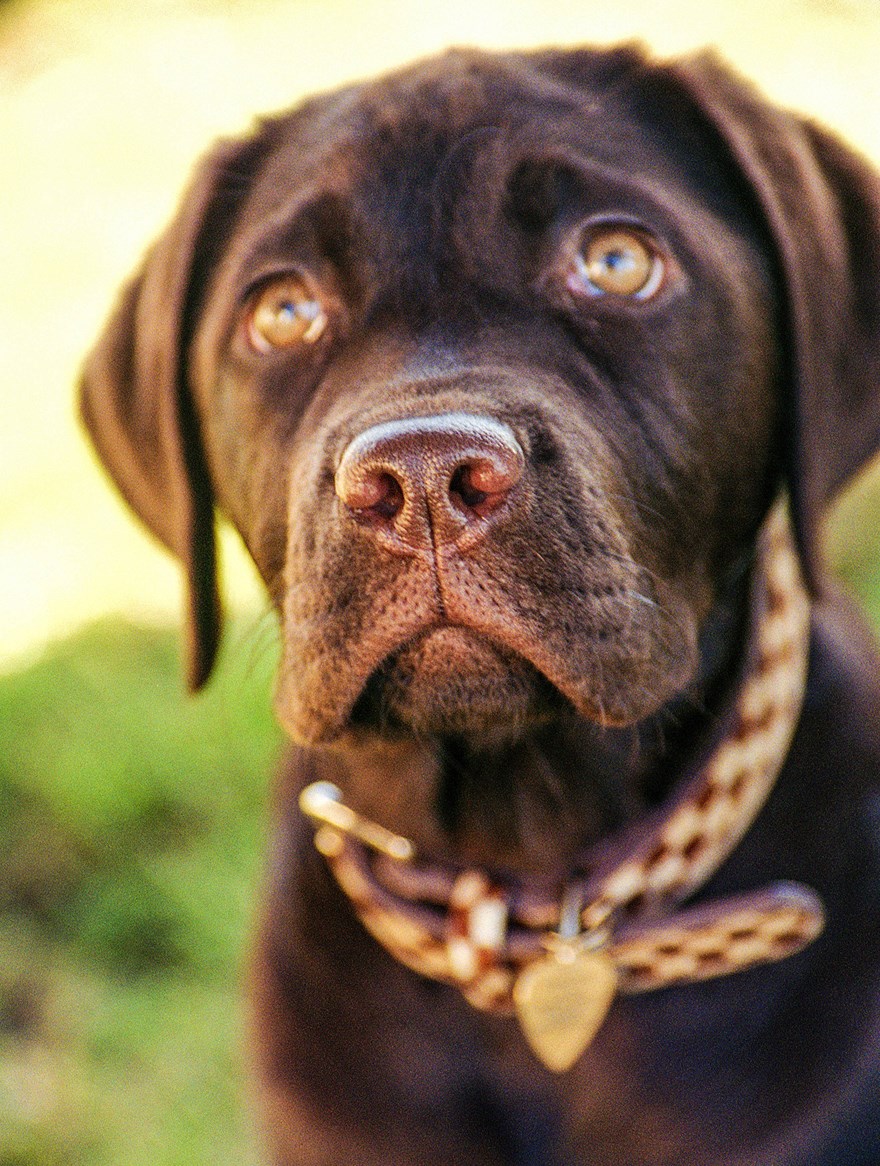New pet parents quickly learn just how many supplies they need to raise happy, healthy animals. Collars and leashes are two essential items dog owners will need. No matter how well-trained a pooch may be, collars and leashes are oftentimes necessary, especially when taking dogs to public places.
In addition to helping keep pets close, collars are a great place to hang identification tags, increasing the likelihood that dogs will be safely returned if they dash off.
There are various types of collars, each offering unique attributes. Choosing a collar involves investigating the key functions collars can serve, and assessing the pros and cons of each.
Flat collar
A flat collar is the standard collar used by many dog owners. Flat collars are typically made from nylon, fabric or leather, and many come with plastic or metal quick-release tabs. Some may have buckles similar to a belt.
Flat collars are useful for many dogs. However, some pet parents find dogs are more apt to pull when wearing flat collars, choking themselves in the process. A properly fit collar shouldn’t slide off and should be gentle on the dog’s neck.
Martingale collar
Also known as limited slip collars or greyhound collars, according to the consumer information site The Spruce: Pets, martingale collars are designed primarily for dogs with narrow necks and heads. The martingale will tighten (only to the size of the dog’s neck when properly adjusted) when the dog pulls, so he can’t be a collar Houdini. Some people worry that the collar will squeeze too tightly, but proper sizing can prevent that.
Head collar
A head collar is reminiscent of a horse’s halter, as it slips over the dog’s snout and attaches behind the ears. The purpose of head collars is to redirect a dog’s attention so pulling is minimal. Some dog’s do not like the feeling of a collar on their faces and may resist.
Prong collars
Sometimes called pinch collars, prong collars are controversial. Prong collars are made of various links that can be expanded or shortened by “pinching” the links and removing or adding links. When the dog puts tension on the leash, the prongs will add pressure to the neck to help correct pulling, offers the Canine Journal, a pet care resource. Many trainers advise that prong collars should be used only as a training tool and not for extended periods of time as the primary collar. Also, the Humane Society emphasizes that prong collars must be properly fitted with the size of the prong links appropriate for the size of the dog, and it must sit high on the dog’s neck. A chain collar works similarly as a pinch collar, in that it also tightens when tension is applied.
Harness
Some pet owners like a harness, which puts the pressure on the dog’s chest and back instead of its neck. Harnesses come with back clips or front clip attachments to offer control where owners want it.
A knowledgeable pet store employee or a dog trainer can help guide new pet parents in regard to which type of collar may be most appropriate for their dogs.



